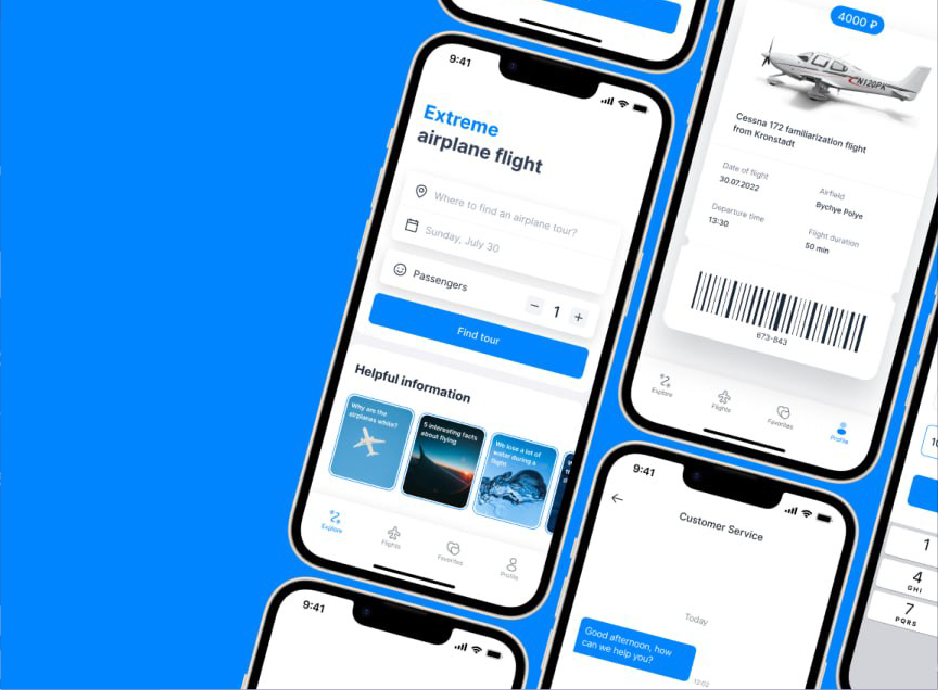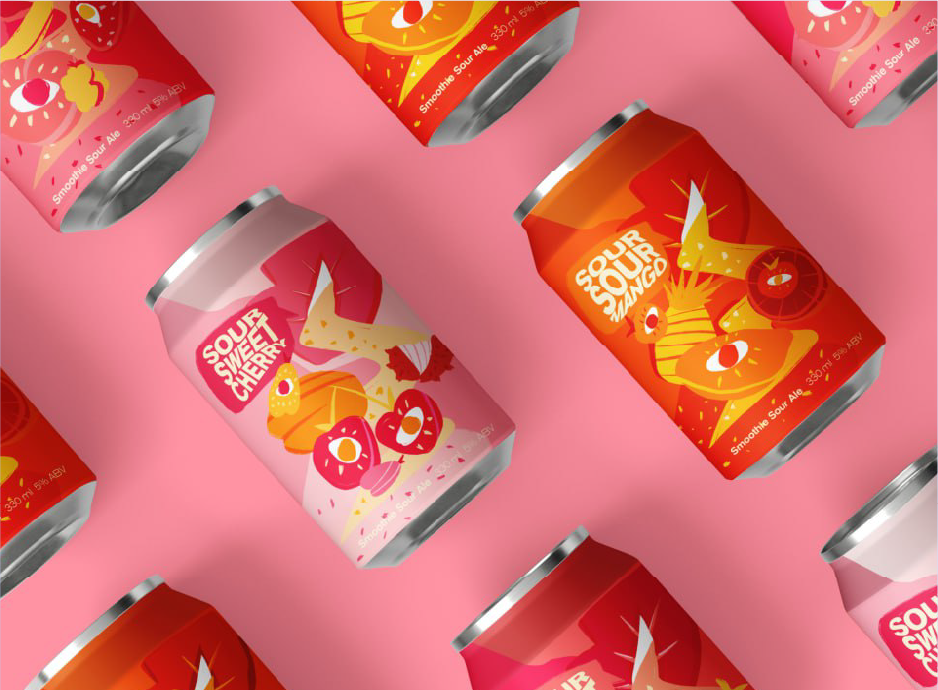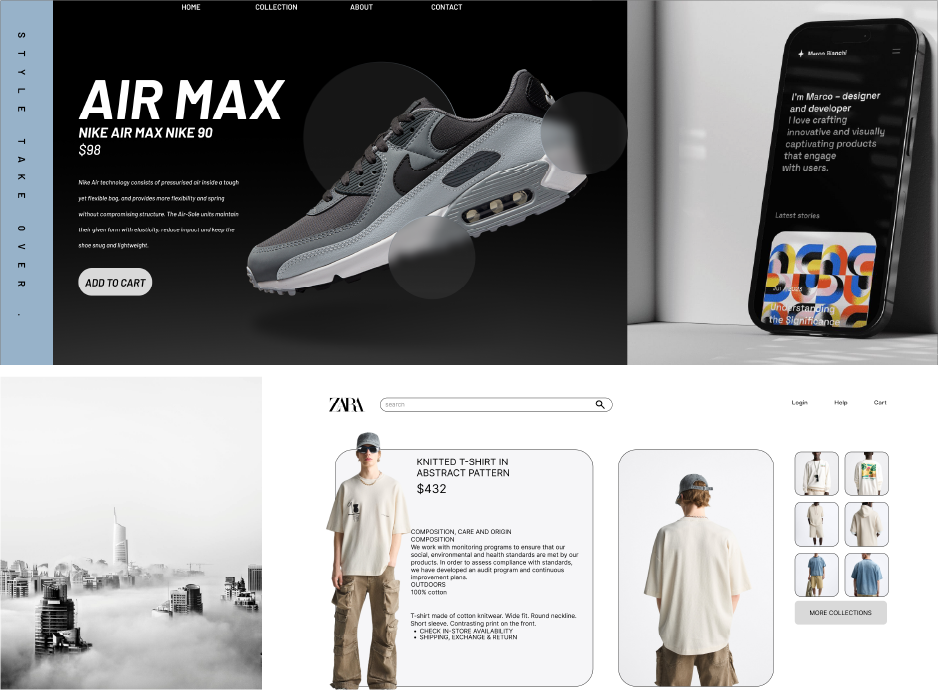Top 10 Skills Every Full Stack Developer Must Master in 2025
In recent years, full-stack developers have received a lot of buzz from companies that want to tackle any crud problem that comes their way. While that may sound ominous, the barrier to entry for this exclusive club can actually be relatively low.
How do you get started with it, or, in other words, what are the full-stack developer skills?
1. Full-Stack Developer
In web development, every web/mobile application has two parts: a front end and a back end.
The front end is the visual part of your application. It is what the user sees as a whole on-screen application—the backend—which has the business logic of the application.
Hence, the combination of both is known as Full-Stack web development. A full-stack developer knows the frontend and backend technologies.
If you still want to have a deeper and more detailed understanding of a full-stack developer's functionality, get to enroll in a full-stack web development course.
2. JavaScript
JavaScript is a critical web technology. In most cases, it has been the king of client-side on the Web.
JavaScript Engines: This is an interpreter or, in other words a Just-In-time compiler (JIT). This skill is natural for every front-end engineer.
3. HTML/CSS
HTML: Hyper Text Markup Language, an integral unit of Web development. It serves as the web content architecture and links between them. HTML Markup tells the Web how to position images, text, and other content in a web browser.
CSS: Cascading Style Sheets is the language we use to write styles for HTML documents.
4. Frontend frameworks
Several organizations leverage some framework rather than writing pure 'vanilla" JavaScript. These frameworks structure and expedite the code.
All of them have different ways of organizing and writing code, where performance in one place comes with a trade-off in another part.
5. Backend technologies
To learn full-stack web development, learnings on frontend and backend go hand in hand.
The primary purpose of backend development is to ensure the smoothest possible interaction between the user and the website.
6. Git/GitHub
Git and GitHub are the important packages for most enterprises to use for their development flow. Git is a distributed version control system that traces the modifications in source code during development and enables multiple developers to work on projects simultaneously.
GitHub: Site where developers can easily deal with their projects and code reviewers.
7. Databases and web storage
A website should be wise enough to know what kind of data it needs to bring from the server, how that is done, and which line of query to use when you want some data for the website. This also requires understanding of data structures. This way, data is written and optimized for querying.
8. HTTP and REST
HTTP (the Hypertext Transfer Protocol) is the basis for all data transfers over the Internet and fuels the bulk of our fundamental interactions on the web.
REST (Representational State Transfer) enables computer systems to communicate with one another easily. RESTful systems can collect data using HTTP, but this is only one of many operations they are capable of. These are other obligatory full-stack developer skills.
9. AI coding
Typical AI concepts such as machine learning, NLP, computer vision, and integration have become more accessible due to AI programming tools and libraries providing robust solutions.
10. Soft Skills
Many professionals and beginners focus on the technical skills for full-stack developer. However, other soft skills like communication, growth mindset, patience, and organization are just as crucial to advance your career. At DICE Academy, we understand real-world problems and emphasize soft skills in our full-stack development course.
You Might Also Like
Path to Mastery: A Comprehensive Career Guide for...
Get High-Paying Jobs: Top Skills You Learn in a...
Stay Tuned
Stay up to date with our latest courses.













.png?width=130&height=53&name=image%2027%20(1).png)














.jpg)

BOOK A FREE CONSULTATION